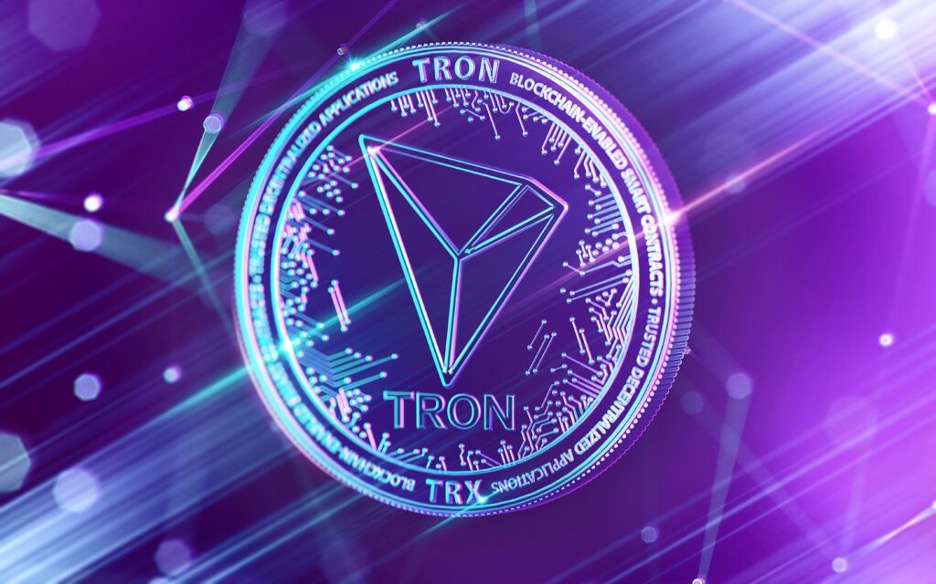In the years since its founding, the TRON project has grown to become one of the most feature-rich platforms in the industry thanks to its extensive suite of blockchain products and services. The platform features a dedicated non-fungible token (NFT) marketplace, fungible and non-fungible token standards, a specialized dApp system, an interoperable BTT Chain, a decentralized stablecoin, and more. We’re going to discuss each of these features in more detail in the following sections.
Native TRON tokens
TRON allows for the creation of new tokens via three distinct token standards whose role in the ecosystem is similar to the role of ERC-20, ERC-721, and others on the Ethereum platform. Here’s a quick breakdown of TRON token standards:
- TRC-10 – TRC-10 tokens are based on the TRON blockchain rather than TVM. Each TRON network account can issue a new TRC-10 token by paying a one-time fee of 1,024 TRX. The TRC-10 token standard outlines rules for transactions and the issuance of new tokens.
- TRC-20 – TRC-20 is a set of smart contract standards which includes requirements for the issuance of TRC-20 digital assets. In addition, the TRC-20 token standard includes rules for supply, transfers, and asset docking. TRC-20 assets can be used to participate in various DeFi protocols.
- TRC-721 – TRON’s third token standard is responsible for the issuance of non-fungible tokens (NFTs) on the TRON platform. The TRC-721 standard is fully compatible with Ethereum’s non-fungible token standard called ERC-721.
BitTorrent Chain
BitTorrent Chain – also referred to as BTT Chain – is a scalable heterogeneous blockchain designed for cross-chain interoperability. BTT uses Proof-of-Stake (PoS) and multiple validator nodes to achieve a high degree of security, albeit at the cost of higher centralization. Thanks to a dedicated cross-chain bridge and inherent interoperability, BTT enables a seamless transfer of digital assets and dApps across supported blockchains.
NFT Marketplace
TRON’s APENFT Marketplace allows users to create, discover, and trade NFTs. The platform is powered by BitTorrent File System (BTFS) – a type of decentralized storage connected to BTT Chain – which guarantees data safety and high reliability.
SUN Network
SUN Network, also known as DApChain, employs a sidechain design and is compatible with the TRON Protocol. Sidechains use DPoS consensus and connect to the TRON mainchain, which allows developers to more easily deploy and migrate dApps. In addition, thanks to their project-specific design, sidechains are cheaper to run and boast low-cost transactions.
USDD Stablecoin
USDD (originally named Digital USD and later renamed to USDD) is a decentralized stablecoin on TRON, BNB Chain, and Ethereum that is pegged to the value of the US dollar at a 1:1 ratio. USDD is issued by TRON DAO and collateralized with a basket of cryptocurrencies, including TRX and USD Coin (USDC).
TRON DAO
TRON DAO is the largest decentralized autonomous organization (DAO) in the industry. Users can participate in the DAO with TRX to take part in the decision-making process and directly influence the future development of the TRON platform.
